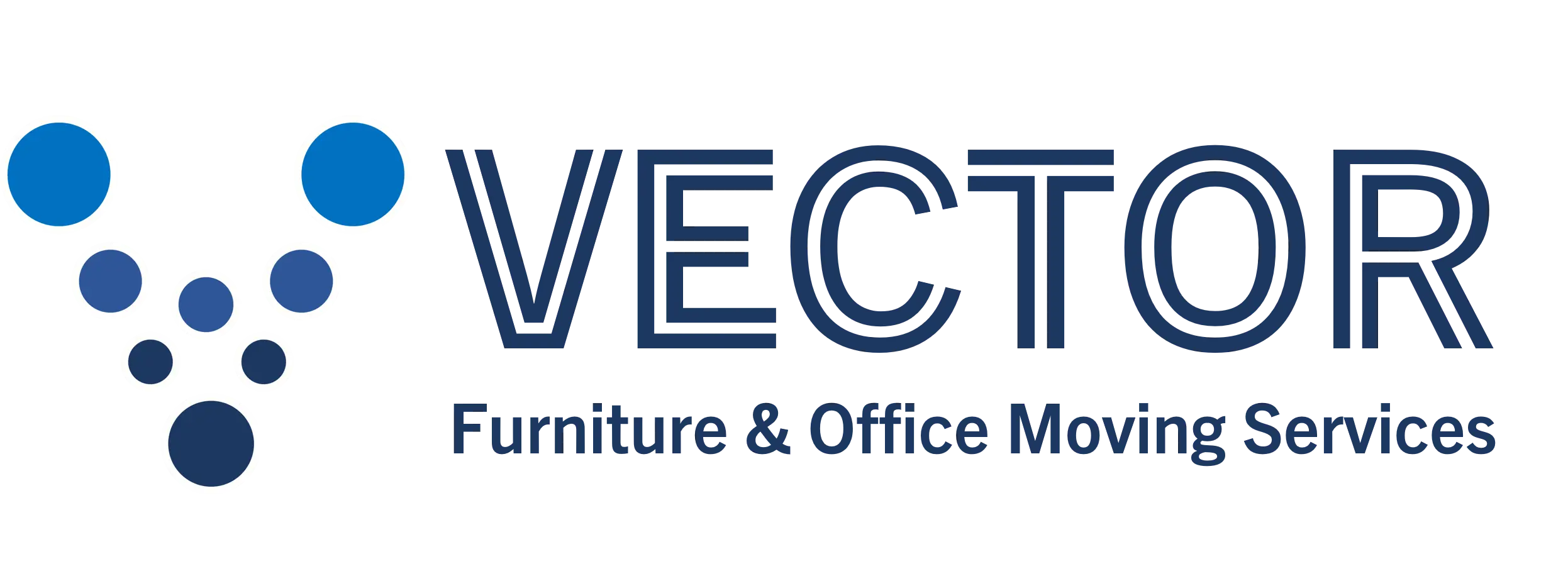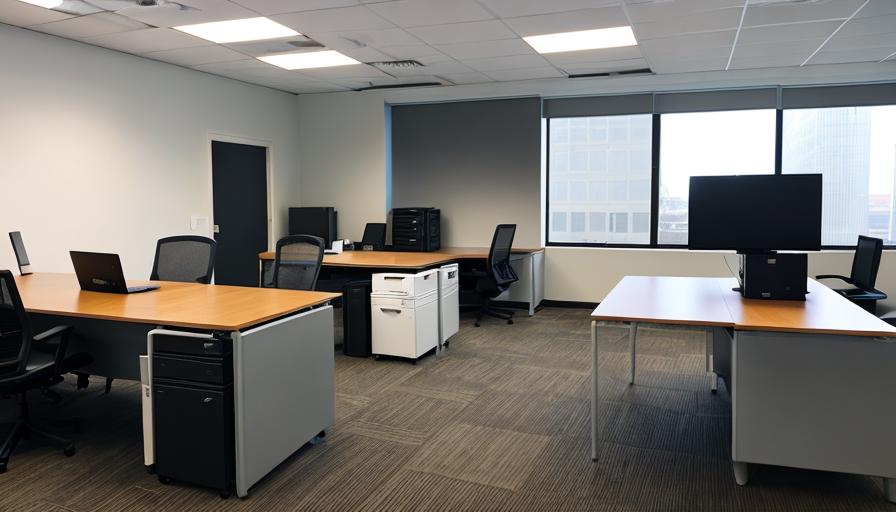Corporate office moves can be challenging, but with strategic planning and practical execution, the process can be streamlined for optimal results. In this guide, we’ll delve into the essentials of Business Office Moving, providing expert tips to ensure a seamless transition for your organization.
1. Planning for Success for Business Office Moving
A well-thought-out plan is the foundation of a successful office relocation. Follow these steps:
- Set a Realistic Timeline: Consider the size of your office, distance of the move, and any potential logistical hurdles. Consult online resources or moving timeline calculators to get a better estimate.
- Assemble a Moving Team: Designate a project manager to oversee the move, and create sub-teams for packing, IT coordination, and communication.
- Budgeting: Create a detailed budget covering packing supplies, moving costs, potential downtime, permits, new furniture (if needed), and temporary storage fees.
- Inventory and Documentation: Maintain a detailed inventory of furniture, supplies, and equipment. Take photos to document the condition of items before the move.
- Effective Communication: Keep stakeholders and staff informed throughout the process. Create a communication plan with regular updates and a central point of contact for questions.
2. Choosing a Reliable Moving Company
Selecting the right moving company is crucial for a successful office move. Follow these guidelines:
- Get Recommendations: Seek referrals from colleagues, business partners, and trade associations. Check if the company specializes in commercial relocations.
- Check References: Contact prior clients of the moving company and ask specific questions about their punctuality, handling of fragile items, and overall professionalism.
- Request a Detailed Quote: Obtain a comprehensive, written quote outlining all expenses. Compare quotes from multiple companies, ensuring they include services like disassembly/reassembly of furniture.
- Insurance Coverage: Ensure the moving company provides adequate insurance coverage with options for additional valuation if needed.
- Ask About Equipment: Verify that the moving company has the necessary tools and specialized equipment to handle your office furniture, IT systems, and any heavy machinery.
3. Packing and Unpacking Strategies
Efficient packing and unpacking are critical. Implement these strategies:
- Label Everything: Clearly label all boxes and furniture with their contents and designated room in the new office. Use a color-coding system for added organization.
- Pack Strategically: Pack essential files and supplies separately and mark them for immediate access upon arrival.
- Digital Inventory: Create a digital inventory with photos to track items and easily confirm their condition post-relocation.
- Professional Packing Services: Consider hiring experienced packers for delicate, high-value equipment or complex IT setups.
4. IT and Technology Relocation
The technological aspect of an office move requires special attention:
- Backup Data: Ensure critical data is backed up before the move, across all servers, computers, and other digital assets.
- Coordinate with IT Staff: Involve the IT department or specialists early for a smooth transfer and to plan for any network or server reconfigurations.
- Test Systems Before the Move: Where possible, test systems at the new location to minimize downtime.
- Update Contact Information: Notify clients, vendors, and service providers of your address change on your website, social media, and email signatures.
5. Set Up Your New Office
- Follow the Floor Plan: Adhere to the planned layout to ensure everything is in its designated place.
- Test IT Systems: Prioritize the setup of your IT infrastructure to guarantee smooth operations.
- Unpack Strategically: Start with essentials, ensuring critical tasks can be completed while unpacking continues.
- Employee Orientation: Familiarize staff with the new office layout and workflow changes.
6. Minimizing Downtime
- Plan for Off-Peak Hours: Schedule the move during weekends or off-peak times.
- Temporary Workspaces: Consider setting up temporary workstations if the move is phased.
- Telecommuting Options: Allow staff to work from home during the transition, where feasible.
- Update Clients and Partners: Manage expectations with clear communication updates.
7. Post-Move Evaluation
- Debriefing: Hold a debriefing with internal teams to identify successes and areas for improvement.
- Document Lessons Learned: Keep a record for future moves.
- Update Contact Information: Ensure it’s updated everywhere.
- Celebrate the Move: Acknowledge your team’s hard work!
Ready to Simplify Your Business Move? Contact Vector Installation Service today for a free consultation!
—
Visit us at Vector Installation Services for helpful resources and to learn more about our services.


